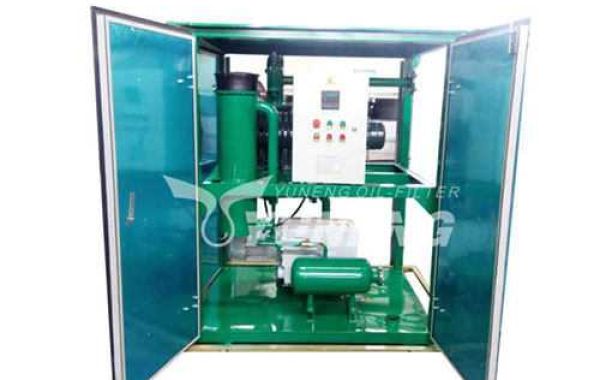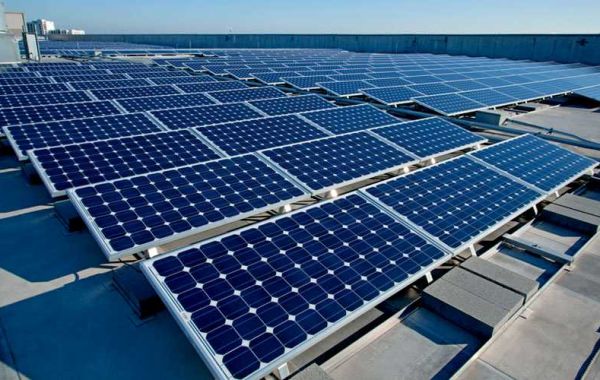Understanding Evacuation Pumps
Evacuation pumps remove gas molecules from a sealed chamber, creating a near-vacuum environment. There are various pump types, each suited for different applications:
Rotary Vane Pumps: These are workhorses for roughing down (initial pressure reduction) due to their fast pumping speeds.
Turbomolecular Pumps: For high vacuum applications, these pumps excel at removing lighter gas molecules.
Cryopumps: These ultra-high vacuum pumps trap gas molecules on a cryogenically cooled surface.
Operational Considerations: Keeping Your Vacuum Pumping Smoothly
Here are some crucial factors to consider during evacuation pump operation:
Application Requirements: Match the pump type to the specific needs of your process. Consider the desired vacuum level and the type of gases you need to remove.
System Maintenance: Regular maintenance is essential. Replace oil filters in rotary vane pumps and perform preventive maintenance on other pump types as recommended by the manufacturer.
Monitoring and Control: Use vacuum gauges to monitor pressure levels within the system. Vacuum pump controllers can automate pump operation based on pre-set parameters.
Contamination Control: Minimize contamination in the vacuum system. Use filters and traps to prevent dust, moisture, and other contaminants from reaching the pump.
Best Practices for Optimal Evacuation Pump Performance
By following these best practices, you can extend the life of your evacuation pump and ensure efficient operation:
Proper Warm-up and Cool-down Procedures: Follow manufacturer recommendations for warming up the pump before operation and allowing it to cool down properly after use.
Ballast Gas Operation (Rotary Vane Pumps Only): In applications with high vapor loads, using ballast gas can help prevent oil contamination.
Leak Detection and Repair: Even small leaks can significantly impact pump performance. Regularly check your system for leaks and repair them promptly.
Use the Right Size Pump: Don't overload your pump by using one that's too small for the application. This can lead to overheating and reduced efficiency.
Investing in Expertise: When to Call in the Professionals
For complex vacuum systems or troubleshooting pump issues, consulting a qualified service technician is recommended. They can diagnose problems, perform advanced maintenance procedures, and ensure your evacuation pump continues to operate at peak performance.
Conclusion
Evacuation vacuum pumps are vital components in various industrial processes. By understanding operational considerations, implementing best practices, and seeking professional help when needed, you can ensure your pumps operate efficiently and reliably, keeping your vacuum systems running smoothly and your processes on track. Remember, a well-maintained evacuation pump is a key player in achieving optimal vacuum performance.








